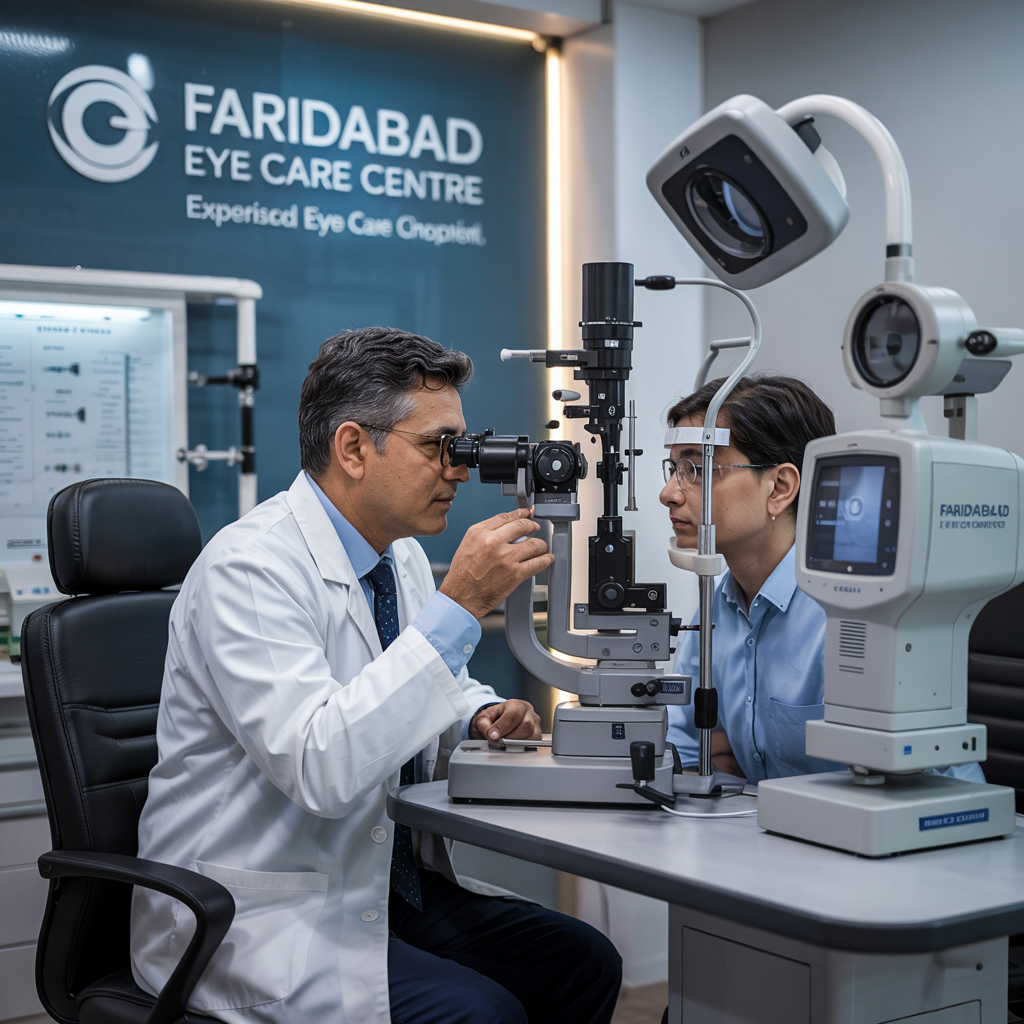Meta Ray-Ban Glasses: Complete Guide to AI Eyewear

Not long ago, smart glasses were clunky experiments. Google Glass was ahead of its time, Snap Spectacles never broke out of niche use, and most “wearables” sat on wrists instead of faces. But Meta’s collaboration with Ray-Ban has shifted the conversation — combining timeless fashion with cutting-edge AI. Much like how the Freddie Mercury yellow jacket became a symbol of iconic style and individuality, Meta Ray-Ban glasses blend classic design with bold innovation. This isn’t about futuristic helmets or awkward visors—it’s about eyewear that looks like your favorite Ray-Bans while quietly handling cameras, audio, and AI. In this guide, we’ll explore everything: pricing, features, who should buy them, what to expect in daily use, and how they’re redefining the next wave of AI wearables.
The lineup of Meta Ray-Ban Glasses: two models, two price points
Ray-Ban Meta (Gen 2)
This is the mainstream option. Starting at $379, it offers the essentials: a built-in 12MP camera, 1080p video, open-ear audio, a 5-microphone system, and Meta AI accessible via voice. It comes in familiar Ray-Ban frame styles with clear or tinted lenses, and it’s water-resistant to IPX4, meaning it’s safe in light rain or sweaty workouts.
Battery life ranges from 5–8 hours, depending on how much you record or stream. The charging case is key here: drop the glasses in throughout the day, and you’ll stay topped up without wall charging.
Ray-Ban Display
Launching in the U.S. on September 30, 2025, the $799 Display model raises the stakes. It keeps everything from Gen 2 but adds a micro-display in one lens for real-time notifications, navigation prompts, captions, and translations.
It also ships with the Meta Neural Band, a wrist-worn controller that detects subtle finger movements. That means you can scroll, type short replies, or select items without speaking commands out loud. It’s discreet, private, and designed for situations where voice input feels awkward.
What Meta Ray-Ban Glasses actually do
1. Hands-free capture
The built-in camera is the feature most people talk about first. A tap or voice command captures a photo or video instantly. It’s point-of-view recording at its simplest—you film what you see, not what you manage to frame while holding a phone.
This is huge for:
-
Creators filming cooking demos, workout sessions, or DIY builds.
-
Parents capture moments when their hands are busy.
-
Travelers recording city walks, hikes, or concerts without holding up a phone.
2. Open-ear speakers
Unlike earbuds, the speakers don’t block your hearing. Audio feels like a private bubble—you hear your playlist or podcast, but you also catch traffic, conversations, or announcements around you. For cyclists and city commuters, that’s a safety advantage.
3. AI assistance
Voice commands handle basics like taking a picture, starting a video, or adjusting volume. But the real promise is AI with vision. The glasses can recognize objects, read text aloud, or translate signs. Ask, “What am I looking at?” and AI bridges the gap between the digital and physical world.
4. On-eye display
Exclusive to the Display model, this micro-screen brings information into your line of sight. Notifications, navigation arrows, live subtitles for conversations, or quick text replies—these are things you’d normally pull your phone out for. Now, they appear where you’re already looking.
5. Gesture input
The Neural Band is Meta’s clever workaround for input. Instead of talking out loud in public, you can pinch or flex your fingers slightly to scroll through messages or type short words. It’s discreet, intuitive after some practice, and opens the door to more subtle AI interaction.
Why AI eyewear matters
Context-aware computing
Phones know your location. Watches know your heart rate. Glasses know what you’re seeing. That’s a leap in context-awareness. AI can respond not just to your words, but to your perspective. Imagine walking into a train station and having your departure gate appear on your lens. That’s where this is headed.
Wearability drives adoption
Smart glasses failed before because they looked ridiculous. The Ray-Ban partnership fixes that. When glasses look like glasses, people are willing to try them. It’s the same reason AirPods succeeded where earlier Bluetooth earpieces didn’t—design and social acceptance matter as much as function. Just like Top Leather Jackets combine timeless style with practicality, the Meta Ray-Ban glasses succeed because they merge everyday fashion with advanced technology.
Small, useful wins
Instead of chasing sci-fi visions of full augmented reality, Meta has focused on bite-sized wins: quick captures, hands-free calls, subtle notifications, and AI answers. Those everyday utilities add up to something people actually use.
Meta Ray-Ban Glasses: Pros and cons
Pros
-
Disguised as classic Ray-Bans, stylish and wearable
-
Camera is perfect for POV video and live streaming
-
Open-ear audio keeps you connected to your environment
-
Meta AI brings real daily utility
-
Display model adds notifications, captions, and discreet input
Cons
-
Battery drains fast during heavy video use
-
Open-ear audio leaks at high volume in quiet rooms
-
Privacy concerns linger around recording in public
-
Display model nearly doubles the price of Gen 2
Who they’re for
-
Creators and vloggers: Ideal for POV tutorials, walkthroughs, or candid filming.
-
Travelers: Translation, navigation, and easy video recording without juggling devices.
-
Busy professionals: Quick calls, reminders, and notifications without breaking focus.
-
Accessibility users: Live captions and translations reduce communication barriers.
-
Early adopters: Anyone curious about the future of AI wearables.
Real-world scenarios
-
Commuting: Music streams while navigation prompts appear in your lens; you stay alert to traffic thanks to open-ear audio.
-
Cooking: Both hands are busy, so you say, “Record video” and capture your steps for later upload.
-
Traveling abroad: Look at a sign, ask “Translate this,” and see the result instantly.
-
Work calls: Hop on a voice call walking between meetings, no earbuds or phone juggling needed.
-
Accessibility: A hard-of-hearing user turns on subtitles in the Display model and follows conversations with less friction.
Buying advice
If you’re new to smart glasses, the Gen 2 model at $379 is the smarter entry. You’ll get camera, audio, AI, and stylish frames without overspending.
If you’re already creating content daily or you rely heavily on notifications and messaging, the Display model justifies its $799 price. The Neural Band makes input private and subtle, while the lens display keeps you less tethered to your phone.
The bigger picture
The Ray-Ban Meta line is step one in a larger wearable story. The roadmap looks something like this:
-
Today: Capture, audio, and basic AI on your face.
-
Emerging: Displays and gesture input for seamless interaction.
-
Next: Predictive AI that knows when to surface information before you ask.
-
Future: Layered AR elements like real-time translations over menus, arrows for directions, or facial recognition for social contexts.
They’re not replacing your phone tomorrow. But they’re pointing toward a world where glasses become the most natural interface for AI.
Care and longevity tips
-
Use the case often—it charges and protects the glasses.
-
Keep lenses clean; smudges ruin POV footage.
-
Update firmware regularly for new AI features.
-
If you need prescription lenses, order them up front to avoid delays.
-
Don’t forget etiquette: respect privacy when recording in public.
TL;DR
-
Gen 2 ($379): Stylish glasses with camera, audio, and AI voice features—best entry point.
-
Display ($799): Adds lens display and Neural Band for discreet input—ideal for creators and heavy users.
-
Both models prove AI eyewear can be fashionable, practical, and genuinely useful.








